The Final Countdown Comes True As Venus Mission Is Go
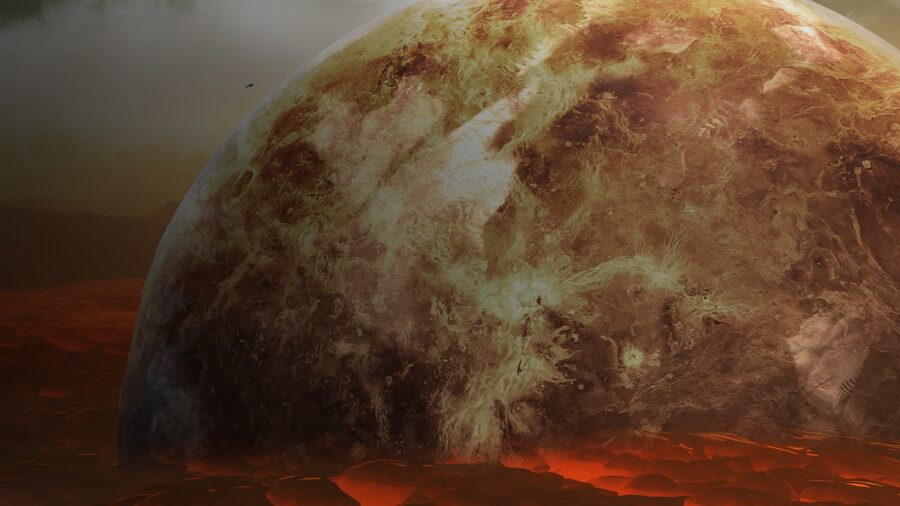
Europe’s 1986 song “The Final Countdown” is coming true as the European Space Agency officially greenlights the next mission to Venus. The mission, called EnVision, will study our closest planetary neighbor from its inner core to its outer atmosphere, giving important new insight into the planet’s history, geological activity, and climate.
Venus Is Shrouded In Mystery
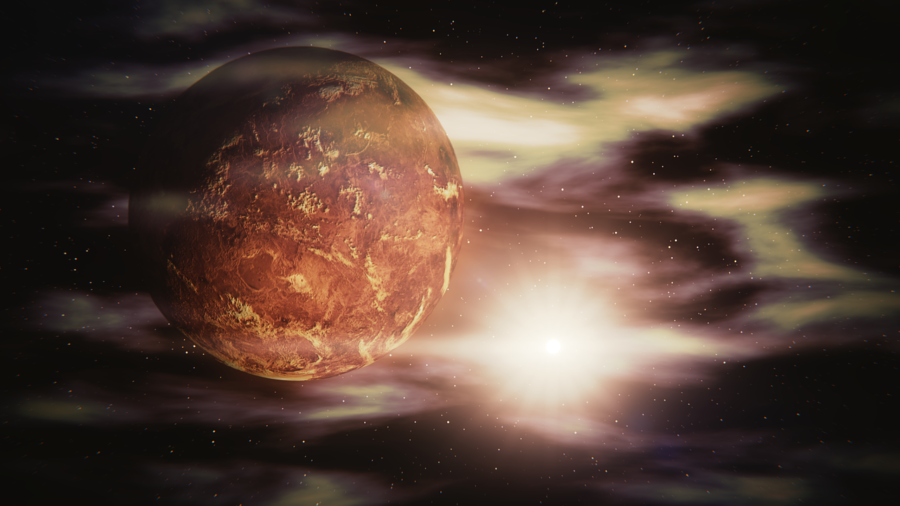
The measurement EnVision is supposed to take on Venus will help unravel the planet’s mysteries, especially how the planet’s volcanoes, plate tectonics, and asteroid impacts have shaped its surface and just how geologically active Venus is nowadays. The Venus mission is also scheduled to examine the planet’s insides, collecting important data about its structure—primarily, the thickness of its core, mantle, and crust. Of course, the comprehensive scientific mission also includes examining Venus’ weather and climate.
Ship Construction Has Begun
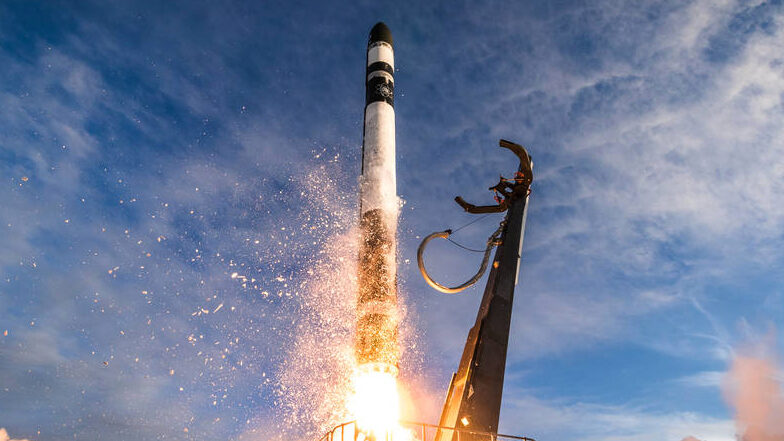
Being officially adopted, approved, and greenlit means that the study phase of the Venus mission is complete, with the European Space Agency moving onto the implementation stage. This includes selecting the European industrial contractor this year to work on the design and build of the spacecraft, which is scheduled to launch in 2031. This is the first-ever mission to probe beneath Venus’s surface, and the aforementioned measurements will be completed using an extensive set of scientific instruments carried by the EnVision probe, such as subspace radar sounder.
Probes Sent To Venus Never Last Long
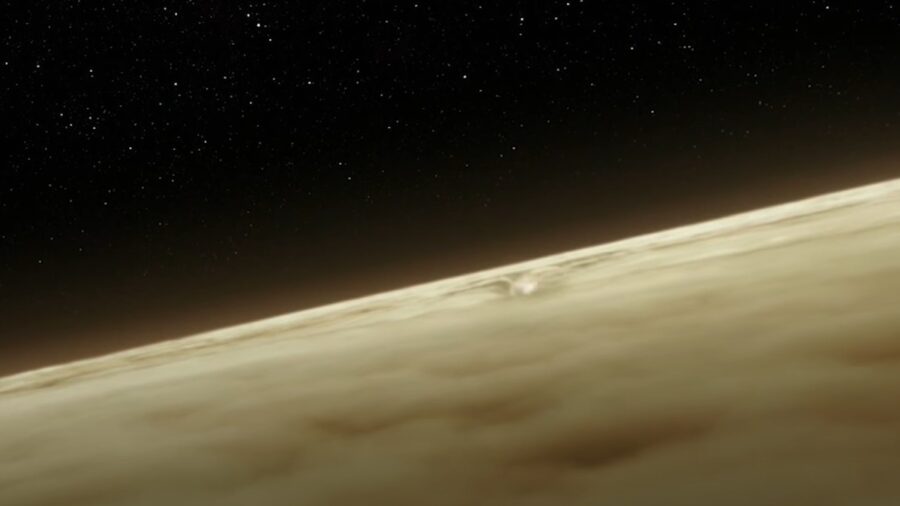
This is an inspiring mission for space explorers. Despite being our closest planetary neighbor—much closer than Mars—Venus is arguably one of the least understood terrestrial planets in our Solar System. Harsh surface conditions and extremely hostile environments with temperatures around 465 degrees Celsius (869 degrees Fahrenheit) and pressures 92 times that of Earth’s at sea level make it difficult for spacecraft to survive on its surface for long. Previous Venus mission probes lasted a very short time under these conditions.
Venus Is Highly Acidic
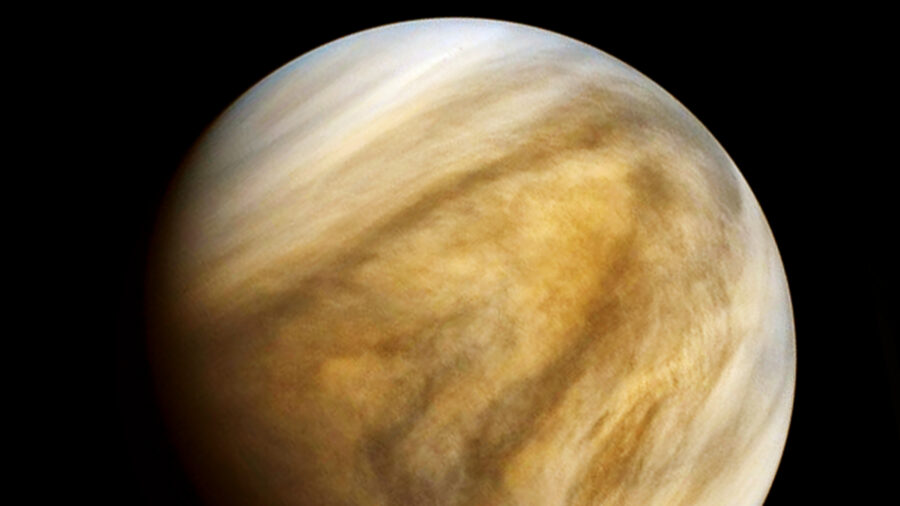
Furthermore, the planet has a very dense and cloudy atmosphere primarily composed of carbon dioxide with sulfuric acid clouds. These conditions not only obscure the view of the surface in visible light, thud demanding the use of radar and other imaging technologies, but they’re also very aggressive to the equipment—even that made of metal. Add complex geology on top of scorching temperatures, crushing pressures, and a poisonous and acidic atmosphere, and it’s really easy to see why we haven’t made any Venus missions recently.
Scientists Want To Know What Made Venus
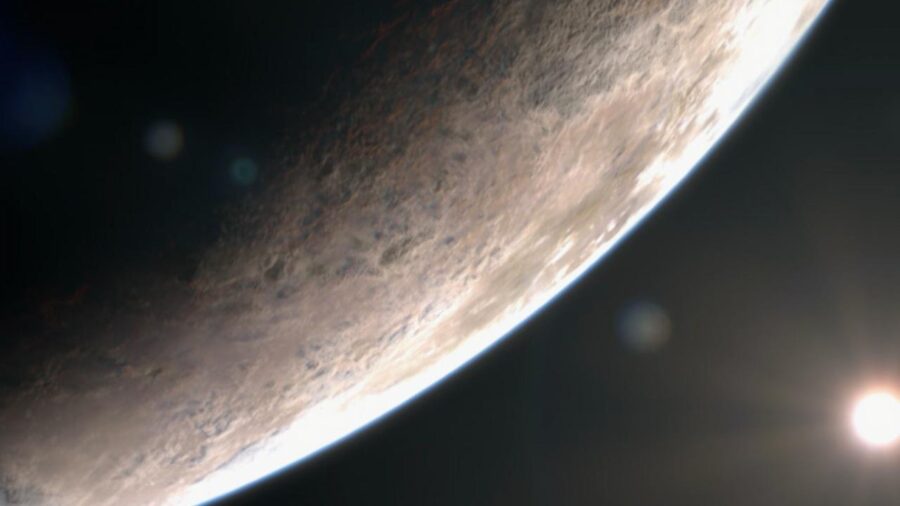
One of the main questions scientists have been asking is what made Venus, Earth’s celestial twin, so extremely inhospitable, and the ESA’s Venus Mission seeks to find the answers to that and many other questions, like whether the planet was ever habitable, to begin with, and, if so, what contributed to the runaway of greenhouse effects. EnVision is an ESA-led mission in partnership with NASA, which is expected to provide some of the instruments crucial to the mission, including the Synthetic Aperture Radar and the Deep Space Network support.
Of course, other ESA member states have also contributed their payload instruments, and the final countdown for a Venus Mission is expected in April 2031.
Source: European Space Agency












